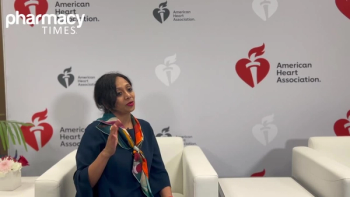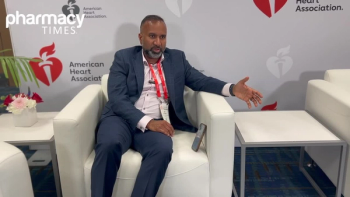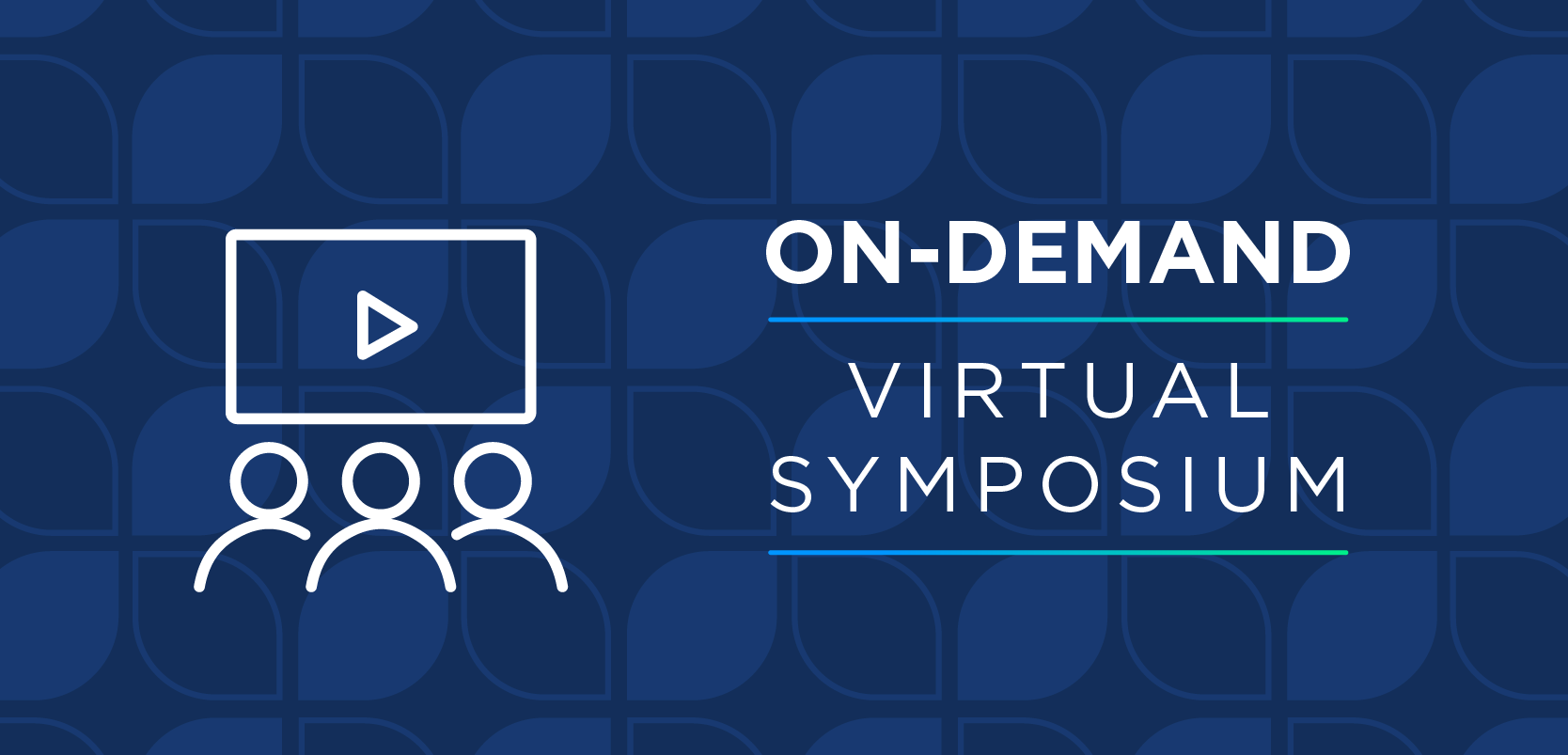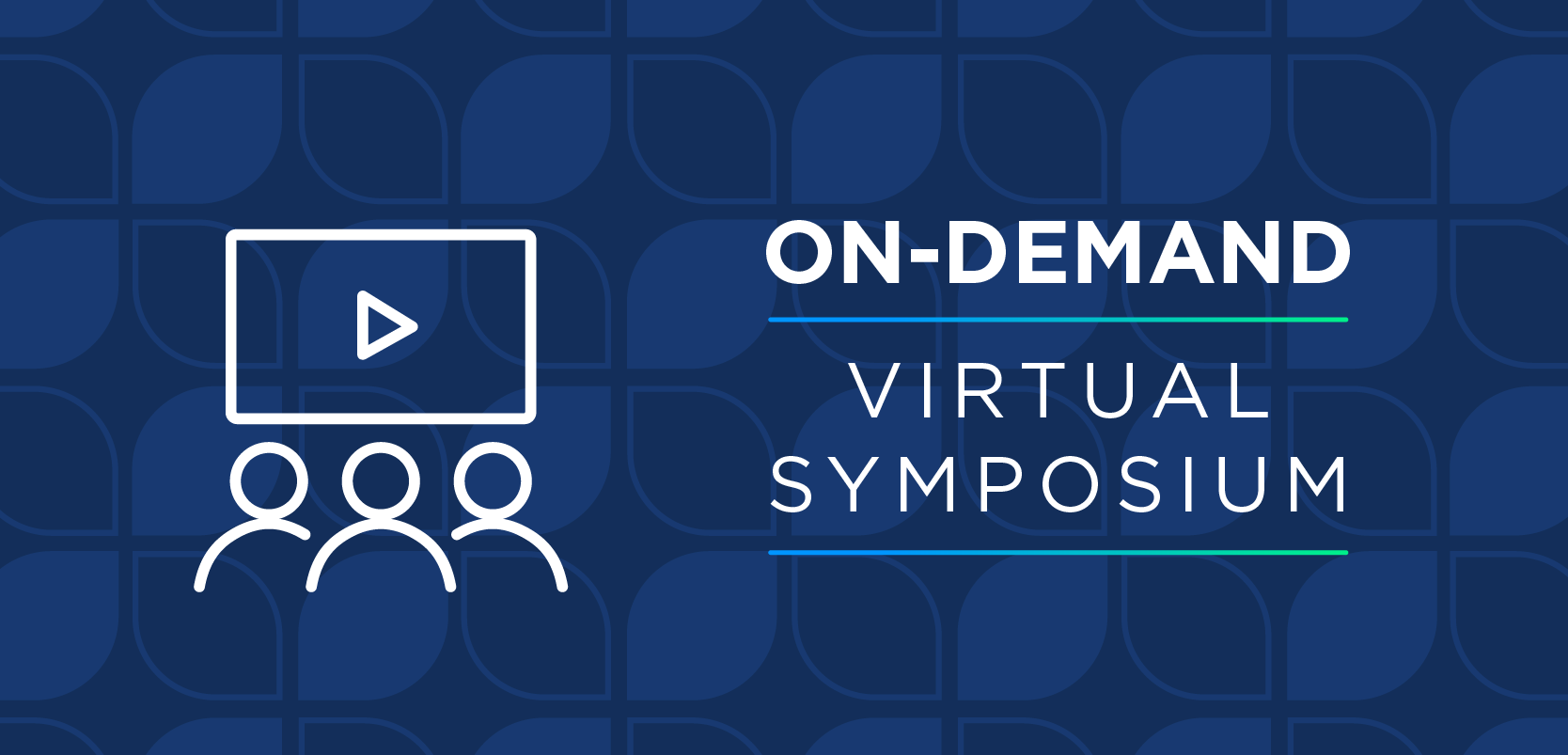
Medical Misinformation Affects Public Understanding of Long COVID
Key Takeaways
- Misinformation during COVID-19 was fueled by social media, affecting vaccine uptake and public health measures, with physicians also contributing to misinformation.
- Social media usage, low health literacy, and personal anxiety are key factors in the spread of health misinformation, impacting marginalized groups disproportionately.
According to the Surgeon General’s Advisory on Confronting Health Misinformation, misinformation is defined as information that is false, inaccurate, or misleading according to the best available evidence at the time.1 The COVID-19 pandemic substantially impacted the spread of misinformation through the declination of vaccines, rejection of public health measures, and use of unproven treatments.
Medical misinformation spreads through various online platforms, including social media, online retail sites, and search engines.1 Although physicians are credible sources of medical and public health information, physician-initiated misinformation is still prevalent in society today. In a mixed methods study that utilized structured searches of high-use social media platforms (X, Facebook, Instagram, Parler, and YouTube) and news sources (The New York Times, National Public Radio) to identify physician-based COVID-19 misinformation, major themes of misinformation included claims that vaccines were unsafe and/or ineffective, promotion of unapproved medications for prevention or treatment, questioning of mask-wearing effectiveness, and other types of misinformation such as conspiracy theories.1-2
In a systematic review that discusses the causes of the COVID-19 “infodemic,” social media usage and low levels of health literacy are the main causes of the infodemic. Ideology, information overloads, financial incentives, and large-scale lockdowns are also other causes of the infodemic during the COVID-19 pandemic.2 Recent evidence has shown that social media usage and dependency were found to directly predict the intention of rumor sharing in different populations.
In articles published by the International Journal of Environmental Research and Public Health that studied middle-aged and older patients, factors influencing rumor spreading include personal anxiety, rumor discrimination, perceived severity of rumor transmission, and the presence or absence of opinion leaders.3-5 There is a positive correlation between the willingness to spread rumors, the degree of belief in rumors, and personal anxiety, and a negative correlation between rumor discrimination and severity perception related to opinion leaders.3-5 The amount of misinformation that circulated on social networks was so great during the peak of the COVID-19 pandemic that an individual strategy by countries is necessary, and many fake or misleading stories began to be fabricated and shared among thousands of people without any control of their veracity or quality.3-5 The spread of misinformation caused patient behavior to change, leading them to take greater risks and jeopardizing the health care system.3-5
Misinformation covered by news coverage and social media led to an increase in racism and exclusion in certain patient populations.3-5 Groups with limited access to health care and those who work in precarious jobs, such as people of color and migrants, have been more directly affected by COVID-19.3-5 This includes undocumented immigrants who avoid hospitals for fear of being identified and reported. Patients with limited access to health care are also more likely to develop chronic diseases, such as cancer, diabetes, and heart disease.6 Patients with chronic diseases have been associated with decreased quality of life, longer hospital stays, higher mortality, and overall poorer outcomes, especially with infectious diseases such as COVID-19.6
The geriatric patient population is more likely to develop chronic conditions and is more vulnerable to health misinformation on social media platforms.7 This is because older adults have a higher likelihood of seeing and posting health information on social media platforms in general, and higher exposure to health information on sites such as Facebook may be problematic considering the high volume of misinformation on social media platforms, including Facebook.6
The Evolving Nature of Long COVID Can Impact the Spread of Misinformation
Health misinformation has not only increased through the COVID-19 pandemic but also post pandemic as well. The post-COVID-19 era placed focus on the growing issue of long COVID, a chronic condition that occurs after SARS-CoV-2 infection in which patients experience a broad spectrum of ongoing symptoms several months after infection. Because long COVID is an evolving condition, social media can change people’s perceptions, which can contribute to medical misinformation.8
According to a 2021 study from the Journal of Medical Internet Research that analyzed long COVID-related tweets, there were 5 main topics identified through topic modeling.8 These included long COVID in individuals, including children, in the context of vaccination; duration and suffering associated with long COVID; persistent symptoms of long COVID; the need for research on long COVID treatment; and measuring long COVID symptoms.7 The overlap between the topics is likely due to the complex and ill-defined nature of long COVID, which shares symptoms with other conditions.8 The sentiment analysis conducted in the study demonstrated a mix of positive and negative sentiments, as well as the impact of various events and news on changes in sentiments.8 Examples of misinformation include claims that long COVID is merely psychological and not a real medical condition, which can cause confusion among the general public.8
Risks and Benefits of Social Media in Understanding Long COVID
There is considerable public health harm as a result of health misinformation through skepticism and conspiracy theories.9 The attribution of long COVID symptoms to vaccine injuries reflects prevalent misinformation and distrust in public health interventions, and vaccine injury misinformation impacts the ability of patients to get vaccinated.9 Debates and skepticism regarding vaccine efficacy and safety, as well as the legitimacy of long COVID, are amplified and sustained by social media.9
Social media can also be beneficial in understanding the long-term adverse effects and raising awareness of long COVID.8 In a narrative review that synthesized tweets from X (formerly Twitter), researchers found significant social constructionism, with X users contributing to the awareness of long COVID and supplementing the possible constellation of symptoms of long COVID through shared beliefs, language, and meaning.9 Because X is often a channel for people to share and seek health information, it is also unsurprising that tweets often included personal anecdotes regarding the adverse effects of long COVID, including children and the workforce.8 The tweets also mention cognitive issues and parallels drawn with chronic fatigue syndrome, illustrating the multifaceted and enduring nature of long COVID in current research.
Addressing Misinformation Regarding COVID-19 and Long COVID
Understanding health misinformation requires effort from not only public health officials but the whole society.1 Areas that communities can focus on in confronting health misinformation include equipping Americans with the tools to identify misinformation; expanding research that deepens our understanding of health misinformation; implementing product design and policy changes on technology platforms to slow the spread of misinformation; investing in longer-term efforts to build resilience against health misinformation; and convening federal, state, local, territorial, tribal, private, nonprofit, and research partners to explore the impact of health misinformation.1
Health care professionals and health organizations can proactively engage with patients and the public on health misinformation, use technology and media platforms to share accurate health information with the public, and partner with community groups and local organizations to prevent and address health misinformation.1 Patients and families can learn to identify and avoid sharing health misinformation, engage with friends and family on the problem of health misinformation, and address health misinformation in their communities.1
REFERENCES
Office of the Surgeon General. Confronting Health Misinformation: The US Surgeon General’s Advisory on Building a Healthy Information Environment [Internet]. Washington (DC): US Department of Health and Human Services; 2021. Accessed June 25, 2025.
https://www.ncbi.nlm.nih.gov/sites/books/NBK572168/ Pian W, Chi J, Ma F. The causes, impacts and countermeasures of COVID-19 “infodemic”: a systematic review using narrative synthesis. Inf Process Manag. 2021;58(6):102713. doi:10.1016/j.ipm.2021.102713
Sule S, DaCosta MC, DeCou E, Gilson C, Wallace K, Goff SL. Communication of COVID-19 misinformation on social media by physicians in the US. JAMA Netw Open. 2023;6(8):e2328928. doi:10.1001/jamanetworkopen.2023.28928
Sun Z, Cheng X, Zhang R, Yang B. Factors influencing rumour re-spreading in a public health crisis by the middle-aged and elderly populations. Int J Environ Res Public Health. 2020;17(18):6542. doi:10.3390/ijerph17186542
Clemente-Suárez V, Navarro-Jiménez E, Simón-Sanjurjo JA, et al. Mis-dis information in COVID-19 health crisis: a narrative review. Int J Environ Res Public Health. 2022;19(9):5321. doi:10.3390/ijerph19095321
Ponce SA, Wilkerson M, Le R, Nápoles AM, Strassle PD. Inability to get needed health care during the COVID-19 pandemic among a nationally representative, diverse population of US adults with and without chronic conditions. BMC Public Health. 2023;23(1):1868. doi:10.1186/s12889-023-16746-w
Miller CA, Schroeder MW, Guidry JPD, Fuemmeler BF, Pagoto S. Older adults’ exposure to and posting of health-related messages on Facebook by chronic health condition status. Digit Health. 2023;9:20552076231203799. doi:10.1177/20552076231203799
Ng QX, Wee LE, Lim YL, et al. Piecing together the narrative of #longcovid: an unsupervised deep learning of 1,354,889 X (formerly Twitter) posts from 2020 to 2023. Front Public Health. 2024;12:1491087. doi:10.3389/fpubh.2024.1491087
AbuRaed AGT, Prikryl EA, Carenini G, Janjua NZ. Long COVID discourse in Canada, the United States, and Europe: topic modeling and sentiment analysis of Twitter data. J Med Internet Res. 2024;26:e59425. doi:10.2196/59425
Newsletter
Stay informed on drug updates, treatment guidelines, and pharmacy practice trends—subscribe to Pharmacy Times for weekly clinical insights.






















































































































































































































